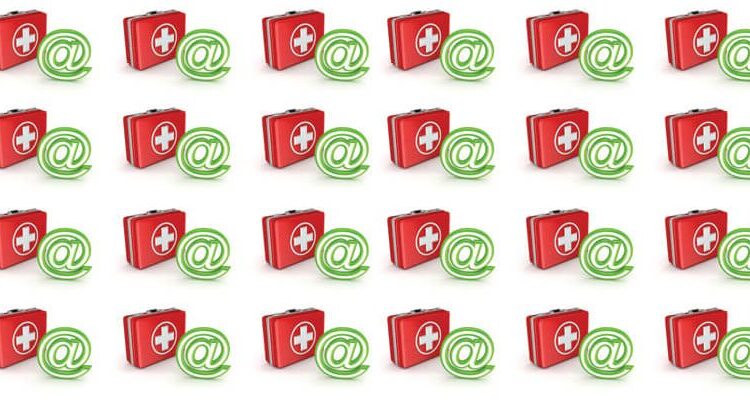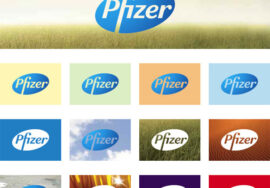
Doctors’ Online Habits- Reach v Engagement
Given the amount of resource that companies plough into websites and online initiatives these days, it is beholden on any healthcare marketer to take an interest in the browsing habits of doctors. Two recent surveys from the US have come to some similar conclusions.
Manhattan Research’s regular “Taking the Pulse” survey (of 2950 practicing US physicians, across 25 specialities) has found that Healthcare Professional (HCP) content websites such as Medscape have the greatest online reach at around 95%. A similar conclusion was reached by the a comScore/Symphony Health survey at the end of last year which also found that HCP content sites had the greatest reach with US HCPs at 81%. Perhaps of some concern to companies was the finding that their own websites lagged considerably in terms of physician reach: comScore estimate that pharma sites reach only 44% of physicians; Manhattan’s figure was somewhat higher at 75%, but with a low rating for ‘influence on clinical decisions’ compared with sites like Medscape.
Another common finding shared by the two surveys was the increasing share of physician online time taken up by EHR (electronic health record) systems. The use of EHR systems over paper-based patient records is becoming very common in many countries and cloud-based systems requiring user to be online are becoming more popular. comScore’s survey showed that although electronic Medical Records sites showed the lowest physician reach at only 4 percent, they exhibited the highest visitation frequency and most average time spent per physician for those now using electronic records to replace paper records. Manahatten were also emphasising the importance of EHRs in their recent launch Webinar for Taking the Pulse 2013, pointing out that using an EHR typically takes up more than 2.5 hours in each physician working day. Some commentators have compared doctor’s relationship with their EHR systems to the business executive’s use of Microsoft Outlook IE the centre of all they do. With this in mind, healthcare companies in the US have started to explore opportunities for communicating to prescribers via their EHR. Some US-based EHR software vendors are even offering their systems for free, with revenue instead coming from selling advertising. The attractions for companies are plain to see: an opportunity for highly targeting advertising at the point of prescribing. In addition to straightforward product ads, companies are also looking at promoting various patient support services available to users of particular products such as patient adherence programmes, phone APPs or even co-pay coupons. Of course commercialising patient record information is potentially a contentious concept and on this side of the Atlantic it’s not even being debated yet. In the UK, the lion’s share of the electronic GP patient record market is owned by EMIS and selling advertising is certainly not part of their business model currently.
It will be interesting to see how this area develops in the US. After years of procrastination, healthcare systems throughout the world are now firmly on the road to paperless practice. Jeremy Hunt, the UK Secretary of Health, laid down the gauntlet to the NHS in a January speech entitled From Notepad to iPad: Technology and the NHS: “…today I am setting a new ambition for the NHS. I want it to become paperless by 2018. The most modern digital health service in the world”. Of course this is all very easy to say (look at The Labour Party’s hugely expensive and minimally successful “connecting for Health” initiative) but cloud-based EHRs are here to stay and if they become a portal to the internet through which healthcare companies have no voice, the industry needs to take note.








